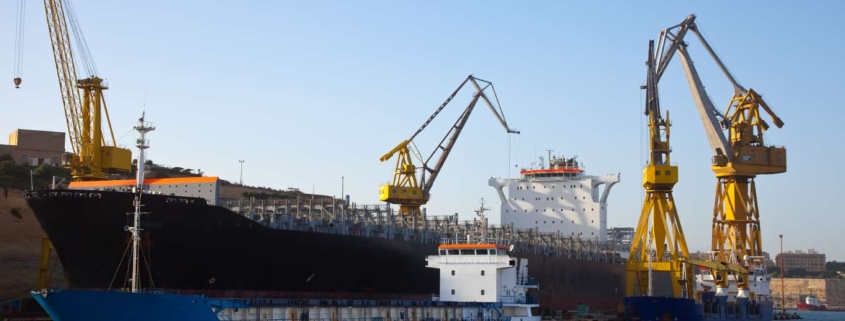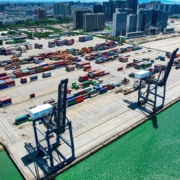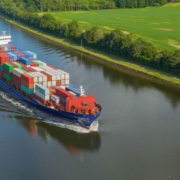Shipping Industry in 2024: How Shipping Lines Are Changing the Game
Despite a quiet start to the year 2024 in the shipping industry, with stable spot rates and ample vessel space availability, April has proven to be a turning point. According to the latest reports, there has been an increase in demand aligned with a general rate increase (GRI) announcement by shipping lines of up to US$2,000. This increase suggests a strategy to incentivize the completion of remaining long-term contracts and could be indicative of a shortfall in minimum quantity commitments (MQCs) required of beneficial cargo owners (BCOs).
Jon Monroe, an analyst in the maritime port and logistics industry, points out that these tactics have positioned operators to achieve sustained increases in spot rates, paving the way for annual profitability against all previous forecasts.
Rate Dynamics in the Shipping Industry
Previously, lines had reduced spot rates during March and April, likely with the aim of maintaining container flow. With container bookings piling up in Asia and spot rates rising, the question arises of whether this trend will persist. “Spot rates have seen a significant increase, creating a significant disparity with long-term contract rates,” says Monroe. This increase is especially notable as of May 1, with average rates reaching US$4,400 for the US West Coast (USWC) and US$5,450 for the US East Coast (USEC).
Strategies for an Emerging Market
Shipping lines have adopted unprecedented strategies that are reshaping the industry landscape. MSC has made progress, showing substantial capacity and a 19% market share, while Maersk seeks to become the leading end-to-end logistics integrator. This shift in market dynamics suggests that innovation and adaptability will be key to remaining competitive.
Reflection on Alternative Strategies
To capitalize on this emerging environment, shipping lines could consider various strategies:
- Service Diversification: Beyond cargo transport, lines can offer integrated services including logistics, storage, and supply chain management.
- Technological Innovation: Investing in technologies that improve operational efficiency and customer experience, such as full process digitization and the use of artificial intelligence to optimize routes and loads.
- Strategic Alliances: Forming partnerships with other companies to expand service networks and share resources, thereby reducing costs and increasing market coverage.
These strategies not only help companies adapt to market fluctuations but also prepare them to lead in a future where flexibility and innovation will be more crucial than ever.
Shipping lines are demonstrating notable resilience in the face of negative forecasts, quickly adapting to new market dynamics. As we move forward through the rest of 2024, it will be essential for these companies to continue exploring new strategies and innovative solutions to ensure not only profitability but also sustainable growth in the ever-changing shipping industry landscape.
For more insights on the shipping industry, visit our website.
Source: Mundo Marítimo









